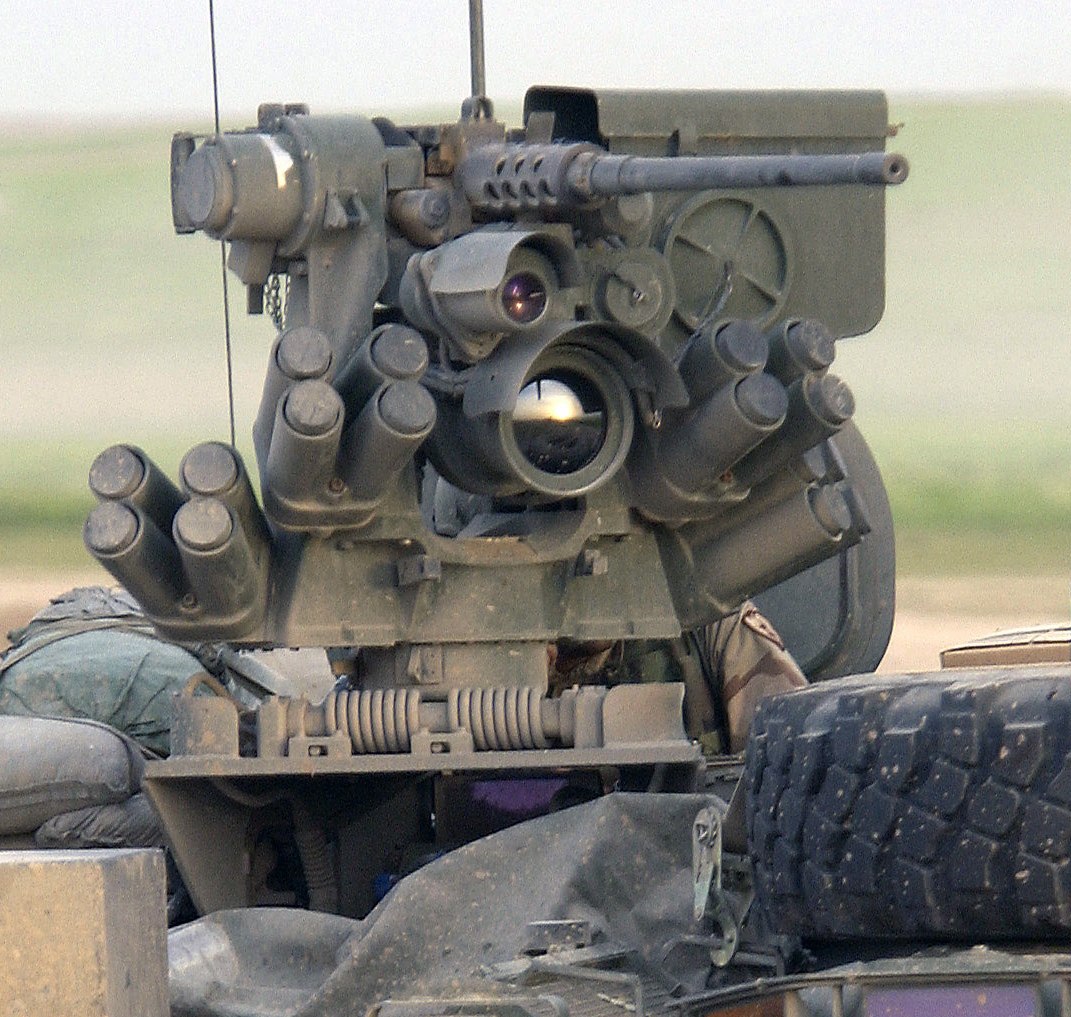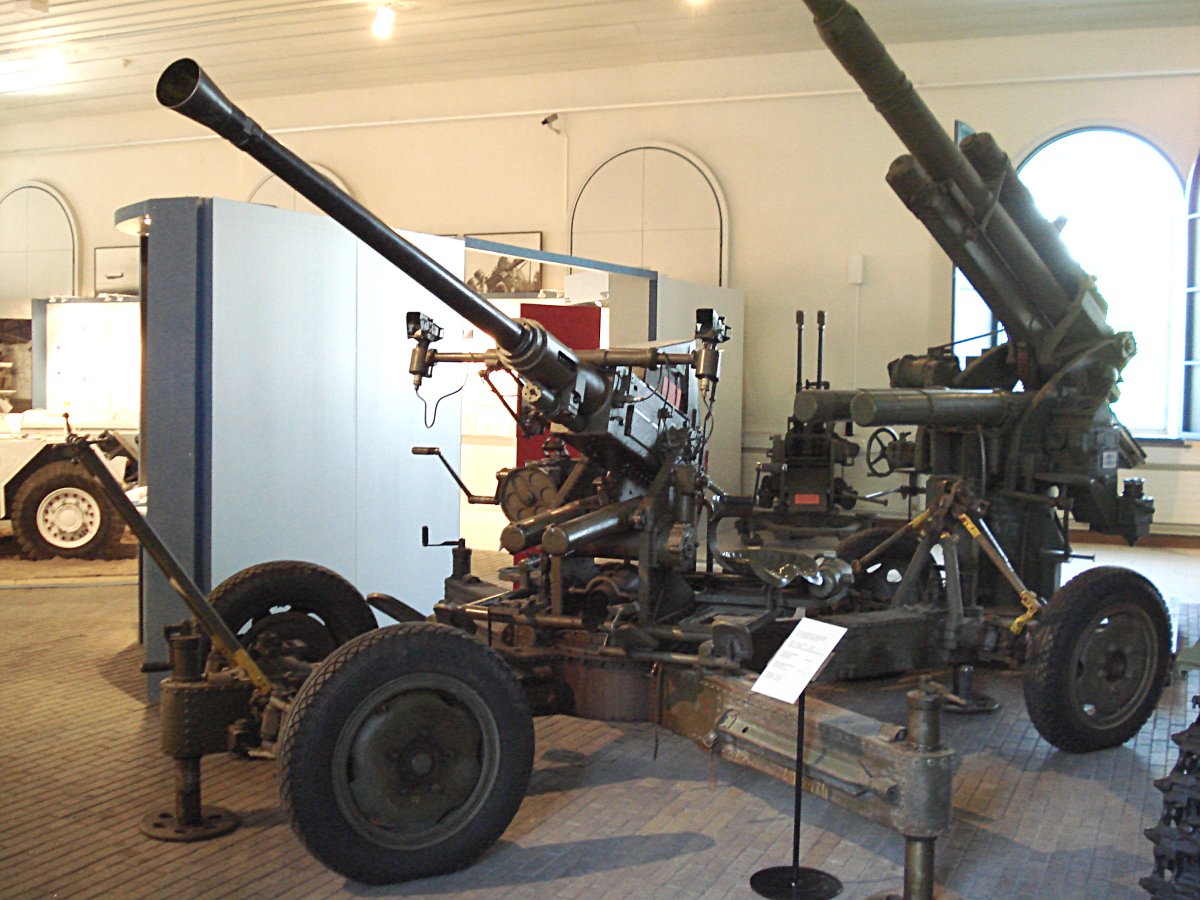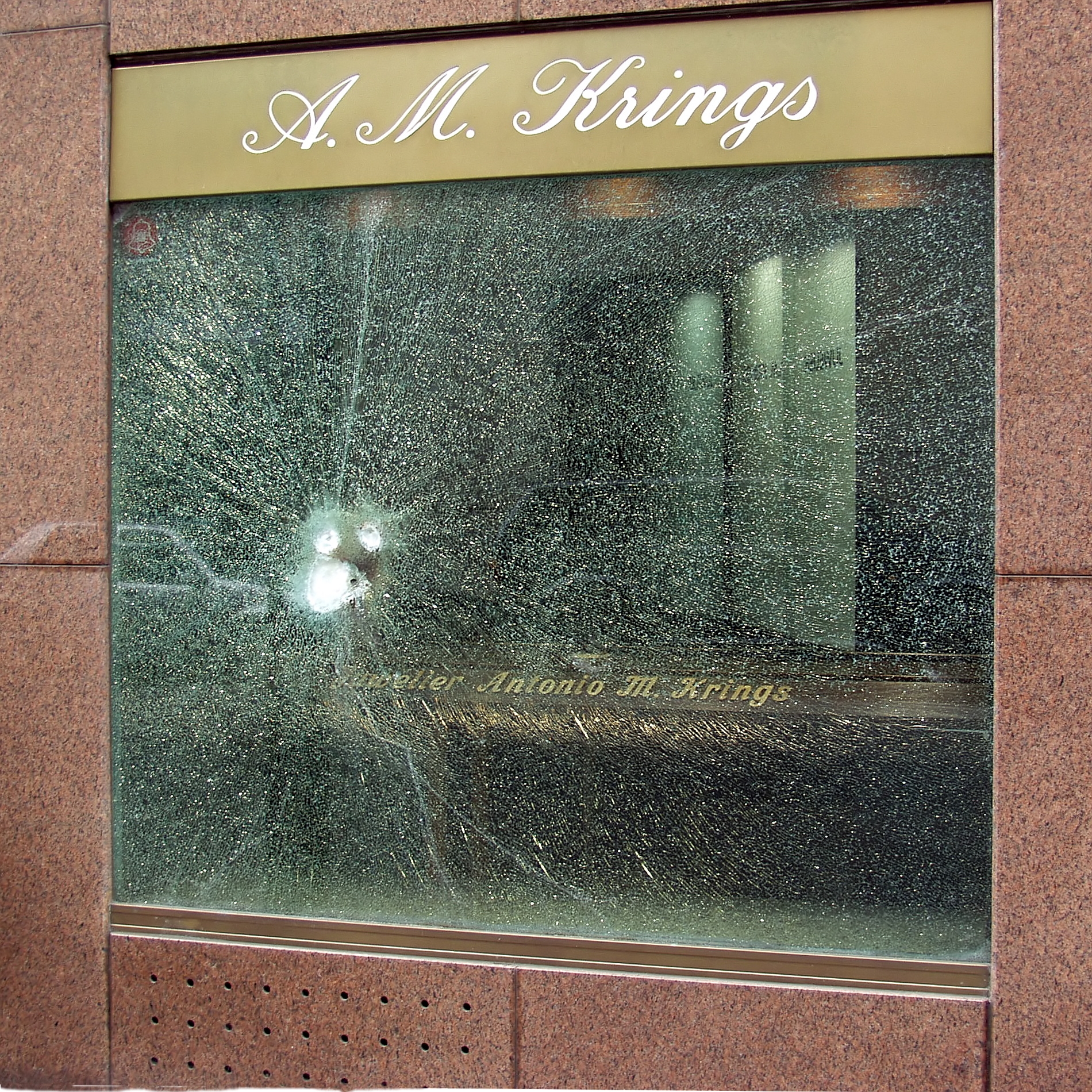|
Shikishima-class Patrol Vessel
The is a class of PLH type patrol vessels of the Japan Coast Guard (JCG; former Maritime Safety Agency, MSA). In the official classification, ''Shikishima'' and ''Akitsushima'' are treated as the only ships in their classes, respectively; and ''Reimei'' is treated as the lead ship of her class. The ''Shikishima'' class was once the world's largest coast guard vessel until it was surpassed by the Chinese in 2015. Backgrounds Spent nuclear fuel generated at the nuclear power plants in Japan has been processed at nuclear reprocessing plants in Britain and France, into plutonium and radioactive waste. Then, according to the plan of power generation with the MOX fuel, the Government of Japan decided to transport this plutonium back to Japan. In the first transportation from France in 1984, armed JMSA officers were on board the ship to counter maritime hijacking. A second transportation operation was planned in the early 1990s, but due to the revision of the Japan-U.S. Nuclear powe ... [...More Info...] [...Related Items...] OR: [Wikipedia] [Google] [Baidu] |
Ishikawajima-Harima Heavy Industries
, formerly known as , is a Japanese engineering corporation headquartered in Tokyo, Japan that produces and offers ships, space launch vehicles, aircraft engines, marine diesel engines, gas turbines, gas engines, railway systems, turbochargers for automobiles, plant engineering, industrial machinery, power station boilers and other facilities, suspension bridges and other structures. IHI is listed on the Tokyo Stock Exchange Section 1. History * 1853 – establishment of Ishikawajima Shipyard in the Chuo district of Tokyo. * 1854 - 1856: construction of the Japanese warship Asahi Maru at Ishikawajima shipyard. * 1889 – incorporation of Ishikawajima Shipyard as Ishikawajima Shipbuilding & Engineering Co., Ltd. * 1907 – establishment of Harima Dock Co., Ltd. * 1929 – spinoff of Harima's automobile section as Ishikawajima Automotive Works (later Isuzu through a series of mergers) * 1960 – establishment of Ishikawajima-Harima Heavy Industries Co., Ltd. through a merger ... [...More Info...] [...Related Items...] OR: [Wikipedia] [Google] [Baidu] |
Radioactive Waste
Radioactive waste is a type of hazardous waste that contains radioactive material. Radioactive waste is a result of many activities, including nuclear medicine, nuclear research, nuclear power generation, rare-earth mining, and nuclear weapons reprocessing. The storage and disposal of radioactive waste is regulated by government agencies in order to protect human health and the environment. Radioactive waste is broadly classified into low-level waste (LLW), such as paper, rags, tools, clothing, which contain small amounts of mostly short-lived radioactivity, intermediate-level waste (ILW), which contains higher amounts of radioactivity and requires some shielding, and high-level waste (HLW), which is highly radioactive and hot due to decay heat, so requires cooling and shielding. In nuclear reprocessing plants about 96% of spent nuclear fuel is recycled back into uranium-based and mixed-oxide (MOX) fuels. The residual 4% is minor actinides and fission products the latte ... [...More Info...] [...Related Items...] OR: [Wikipedia] [Google] [Baidu] |
Eurocopter AS332 Super Puma
The Airbus Helicopters H215 (formerly Eurocopter AS332 Super Puma) is a four-bladed, twin-engine, medium-size utility helicopter developed and initially produced by the French aerospace company Aérospatiale. It has been subsequently manufactured by the successor companies Eurocopter and Airbus Helicopters. The Super Puma is a re-engined and more voluminous version of the original Aérospatiale SA 330 Puma. Development of the Super Puma was carried out during the 1970s, based on the successful SA 330 Puma. While retaining a similar layout, the fuselage was redesigned to increase its damage tolerance and crashworthiness, while composite materials were also more extensively used. Furthermore, a pair of more powerful Turbomeca Makila turboshaft engines were also adopted along with a more streamlined nose, amongst other changes. Two distinct fuselage lengths, a shortened and stretched form, were developed from the onset. On 5 September 1977, the ''SA 331'' pre-production prototyp ... [...More Info...] [...Related Items...] OR: [Wikipedia] [Google] [Baidu] |
Bofors 40 Mm Automatic Gun L/70
The Bofors 40 mm Automatic Gun L/70, (Bofors 40 mm L/70, Bofors 40 mm/70, Bofors 40/70 and the like), is a multi-purpose autocannon developed by the Swedish arms manufacturer AB Bofors (today BAE Systems Bofors) during the second half of the 1940s as a modern replacement for their extremely successful World War II-era Bofors 40 mm L/60 gun-design. It was initially intended as a dedicated anti-aircraft weapon, being sold as ''Bofors 40 mm Automatic A.A. Gun L/70'', but has since its conception been redeveloped into a dedicated multi-purpose weapon capable of firing both sabot projectiles and programmable ammunition. The Bofors 40 mm L/70 design never achieved the same popularity and historical status as the original L/60 design but has still seen great export and popularity to this day, having been adopted by around 40 different nations and even being accepted as NATO-standard in November 1953. It is still being produced and sold (since March 2005 by ... [...More Info...] [...Related Items...] OR: [Wikipedia] [Google] [Baidu] |
Remote Weapon Station
A remote controlled weapon station (RCWS), or remote weapon station (RWS), also known as a remote weapon system (RWS), is a remotely operated weaponized system often equipped with fire-control system for light and medium-caliber weapons which can be installed on a ground combat vehicle or sea- and air-based combat platforms. Such equipment is used on modern military vehicles, as it allows a gunner to remain in the relative protection of the vehicle. It may also be retrofitted onto existing vehicles; for example, the Crows system is being fitted to American Humvees. Examples * ** Electro Optic Systems * ** FN Herstal: deFNder Family * ** REMAX * ** Rheinmetall Canada: Fieldranger * ** UW4A ** CS/LK4 ** H/PJ17 * **Hornet **Hornet Lite **Hornet S * ** Patria: PML 127 OWS * : ** DRWS-1 ** DRWS-2 ** RWS-23 * : ** FLW 100, FLW 200 and FLW 200+ * : ** BEL RCWS ** MDSL RWS ** SHARANG RWS * ** ARIO-H762 ** Raad - 30mm remote control turret * : ** Typhoon Weapon System ... [...More Info...] [...Related Items...] OR: [Wikipedia] [Google] [Baidu] |
Rotary Cannon
A rotary cannon, rotary autocannon, rotary gun or Gatling cannon, is any large- caliber multiple-barreled automatic firearm that uses a Gatling-type rotating barrel assembly to deliver a sustained saturational direct fire at much greater rates of fire than single-barreled autocannons of the same caliber. The loading, firing and ejection functions are performed simultaneously in different barrels as the whole assembly rotates, and the rotation also permits the barrels some time to cool. The rotating barrels on nearly all modern Gatling-type guns are powered by an external force such as an electric motor, although internally powered gas-operated versions have also been developed. The cyclic multi-barrel design synchronizes the firing/reloading sequence. Each barrel fires a single cartridge when it reaches a certain position in the rotation, after which the spent casing is ejected at a different position and then a new round is loaded at another position. During the cycle, t ... [...More Info...] [...Related Items...] OR: [Wikipedia] [Google] [Baidu] |
Bofors 40 Mm L/60 Gun
The Bofors 40 mm Automatic Gun L/60 (often referred to simply as the "Bofors 40 mm gun", the "Bofors gun" and the like, see name) is an anti-aircraft autocannon, designed in the 1930s by the Swedish arms manufacturer AB Bofors. The gun was designed as an intermediate anti-aircraft gun, filling the gap between fast firing close-range small calibre anti-aircraft guns and slower firing long-range high calibre anti-aircraft guns, a role which previously was filled by older outdated guns. The Bofors 40 mm L/60 was for its time perfectly suited for this role and outperformed competing designs in the years leading up to World War II in both effectiveness and reliability. It entered the export market around 1932 and was in service with 18 countries by 1939. Throughout World War II it became one of the most popular and widespread medium-weight anti-aircraft guns. It was used by the majority of the western Allies and some Axis powers such as Nazi Germany and Hungary. In the ... [...More Info...] [...Related Items...] OR: [Wikipedia] [Google] [Baidu] |
Oerlikon 35 Mm Twin Cannon
The Oerlikon GDF or Oerlikon 35 mm twin cannon is a towed anti-aircraft gun made by Oerlikon Contraves (renamed as ''Rheinmetall Air Defence AG'' following the merger with Rheinmetall in 2009). The system was originally designated 2 ZLA/353 ML but this was later changed to GDF-001. It was developed in the late 1950s and is used by around 30 countries. Design and development The system uses twin autocannons, firing 35×228mm NATO-standard ammunition. It was originally designated 353 MK and is now designated as the KD series. The same KD series 35mm cannons are used in the Leopard 1 based Gepard and Type 74 tank based Type 87 SPAAG and Marksman self-propelled anti-aircraft guns (SPAAG). The system could be paired with the off-gun (remote) ''Super Fledermaus'' fire control radar, which in the late 1970s was upgraded to the ''Skyguard'' system. The weapons was aimed either directly, by way of an advanced sighting system, or automatically, by locking onto the target with rad ... [...More Info...] [...Related Items...] OR: [Wikipedia] [Google] [Baidu] |
Bulletproof Glass
Bulletproof glass, ballistic glass, transparent armor, or bullet-resistant glass is a strong and optically transparent material that is particularly resistant to penetration by projectiles. Like any other material, it is not completely impenetrable. It is usually made from a combination of two or more types of glass, one hard and one soft. The softer layer makes the glass more elastic, so that it can flex instead of shatter. The index of refraction for all of the glasses used in the bulletproof layers must be almost the same to keep the glass transparent and allow a clear, undistorted view through the glass. Bulletproof glass varies in thickness from . Bulletproof glass is used in windows of buildings that require such security, such as jewelry stores and embassies, and of military and private vehicles. Construction Bullet-resistant glass is constructed using layers of laminated glass. The more layers there are, the more protection the glass offers. When a weight reduction i ... [...More Info...] [...Related Items...] OR: [Wikipedia] [Google] [Baidu] |
Polycarbonate
Polycarbonates (PC) are a group of thermoplastic polymers containing carbonate groups in their chemical structures. Polycarbonates used in engineering are strong, tough materials, and some grades are optically transparent. They are easily worked, molded, and thermoformed. Because of these properties, polycarbonates find many applications. Polycarbonates do not have a unique resin identification code (RIC) and are identified as "Other", 7 on the RIC list. Products made from polycarbonate can contain the precursor monomer bisphenol A (BPA). Structure Carbonate esters have planar OC(OC)2 cores, which confers rigidity. The unique O=C bond is short (1.173 Å in the depicted example), while the C-O bonds are more ether-like (the bond distances of 1.326 Å for the example depicted). Polycarbonates received their name because they are polymers containing carbonate groups (−O−(C=O)−O−). A balance of useful features, including temperature resistance, impact resistance and ... [...More Info...] [...Related Items...] OR: [Wikipedia] [Google] [Baidu] |
Special Security Team
The is a counter terrorism tactical unit of the Japan Coast Guard, based at the . The acronym of its Kanji name has already been used by other units, the abbreviation "SST" is used for this team. Background In 1985, the Maritime Safety Agency established the to protect the maritime side of the Kansai International Airport cooperating with the land-side Riot Police Unit of the Osaka Prefectural Police. At the beginning of the establishment there were only 8 members. But due to the airport construction, the unit's manpower was increased to have 24 operators. In 1990, due to the plutonium transport mission, the number of members was increased to 37 and the equipment was updated. A detachment corp for the escort mission was organized and called , but after the mission ended it joined again with Kaikei-tai. In 1996, it was renamed to its current unit name. Organization Structure Although detailed organization is not disclosed, it is said that under command of the team le ... [...More Info...] [...Related Items...] OR: [Wikipedia] [Google] [Baidu] |
Police Tactical Unit
A police tactical unit (PTU) is a specialized police unit trained to handle situations that are beyond the capabilities of ordinary law enforcement units because of the level of violence (or risk of violence) involved. A police tactical unit's tasks may include executing search warrants and arrest warrants for dangerous suspects, arresting or neutralizing dangerous armed suspects, and intervening in high risk situations such as shootouts, hostage takings, and terrorist incidents. Definition Police tactical units are dedicated units composed of personnel selected and trained in tactical skillsets to carry out the responsibilities of the unit, including use of force, arrest procedures, close-quarters combat, door breaching, and counterterrorism. A PTU is equipped with specialized police and military-type equipment. PTU personnel may also be trained in crisis negotiation skills. A PTU can be part of either a police force under the authority of civilian officials; or a genda ... [...More Info...] [...Related Items...] OR: [Wikipedia] [Google] [Baidu] |




.jpg)



